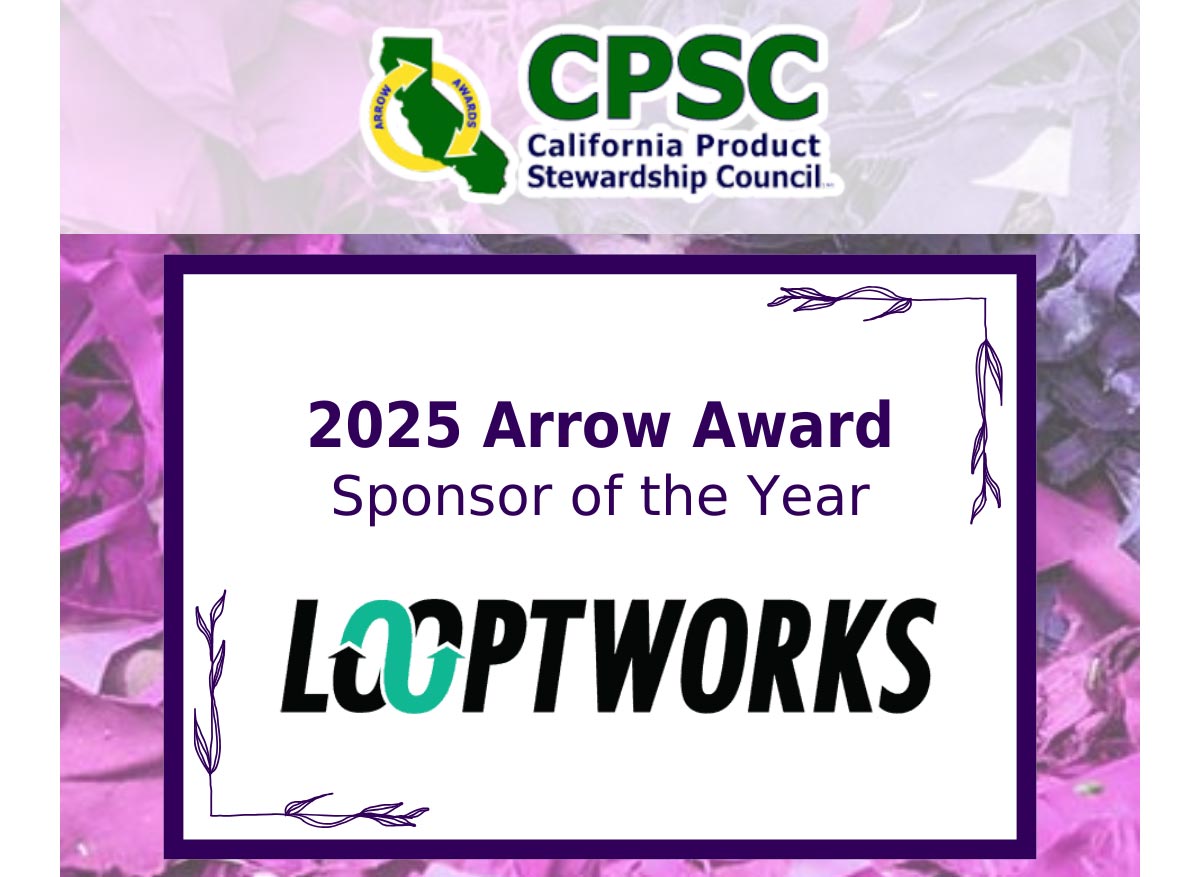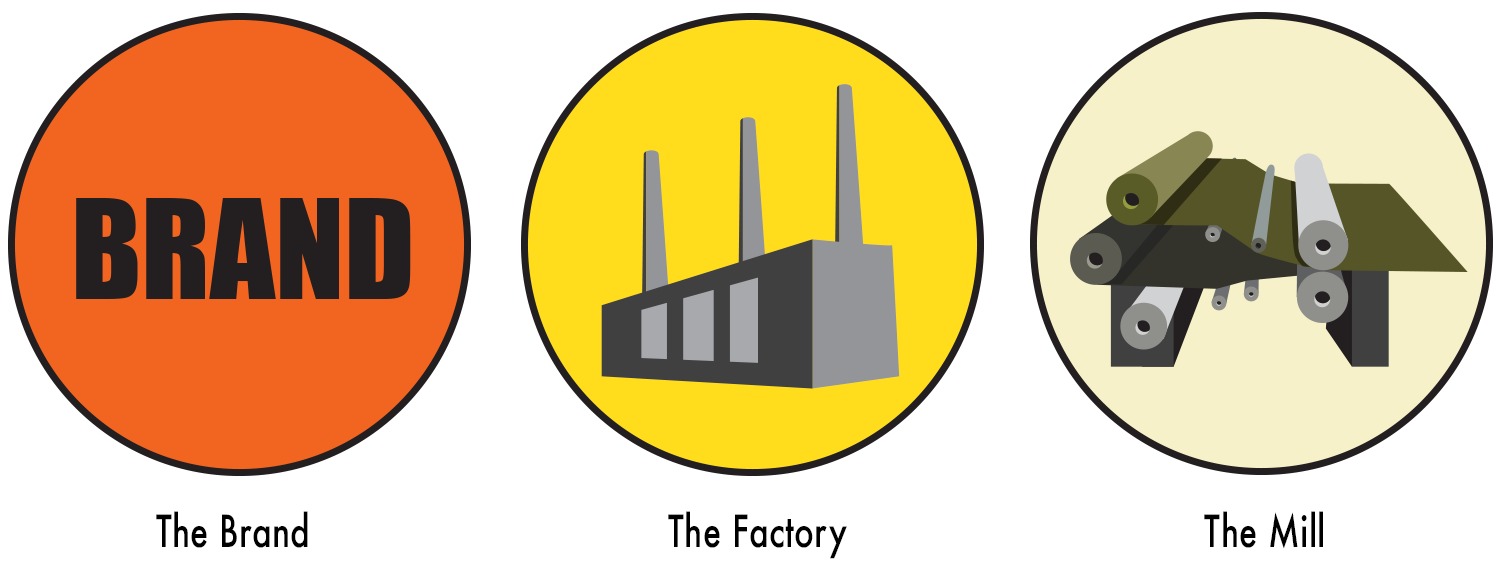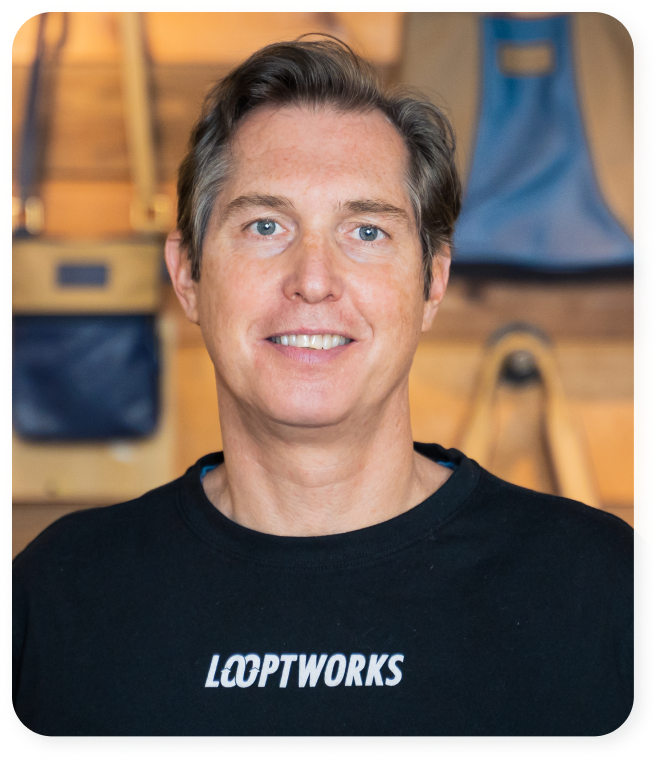

The Council for Textile Recycling reports that on average, each US citizen discards 70 lbs. of clothing and textiles annually. The U.S. EPA’s estimates reveal that textile waste occupies nearly 5% of all landfill space, referred to as post-consumer excess. While this is indeed a growing concern, it pales in comparison to the volume of new, pre-consumer materials disposed of yearly, commonly termed “deadstock.”
The precise extent of textile waste discarded before it enters production remains uncertain across the industry. However, it is acknowledged to be substantial. The question arises: where does this surplus originate from?

Case Study #1: Traditional Operations
The key players in this scenario are the Brand, the Factory, and the Fabric Mill.
Here’s how it unfolds: The Brand approaches its trusted partner Factory with a specific request: “We’d like to produce this jacket using this material from this particular Mill.”
The Factory, in turn, liaises with the Mill, placing an order for the necessary fabric to fulfill the jacket production. Typically, the Mill produces an additional 3% to 5% of the fabric to accommodate any potential errors.
Once the fabric is ready, the Factory proceeds with the manufacturing process, creating the finished product, which is then shipped to the Brand’s warehouses. However, since the Factory usually orders a surplus of materials to ensure there’s enough, there’s often leftover fabric—around 3,000 to 5,000 yards for every 100,000 yards ordered.
Case Study #2: Order Adjustments
Once again, the Brand, Factory, and Mill are the main players.
Following a similar process, the Brand specifies its requirements to the Factory, who then communicates with the Mill to fulfill the order.
However, complications arise when the Brand alters its order—perhaps due to canceled retail contracts or dissatisfaction with color testing. Despite the changes, the Factory has already procured the materials from the Mill and incurred the associated costs.
This surplus material becomes a liability for the Factory, which must now manage the excess inventory. Despite already being compensated by the Brand for the materials, the Factory may charge storage fees, adding to the Brand’s expenses.
This situation results in what’s known as “Fabric Liability,” where the Brand effectively pays for the materials twice—once in the initial purchase order and again for storage.
Typically, the excess fabric is disposed of through incineration, landfilling, or selling it at minimal prices to fabric brokers, potentially impacting local industries in third-world countries. In some cases, it may even be illicitly reintroduced into production for knockoffs or counterfeit goods.
If you find your company has excess textiles please feel free to contact our Solutions Team >
Calling All Businesses with Excess Textiles If your business deals with excess textiles, our solutions team is eager to collaborate! Together, let’s weave a greener tapestry for generations to come.
We’d love to hear from you!


Denine has over 20 years of experience driving new business opportunities for leading companies, including E.I. DuPont de Nemours & Company, Inc., The Dow Chemical Company, Outlast Technologies, and DST Systems. She holds a BS from the University of Pittsburgh and a Certification in Executive Management from the Kenan-Flagler School of Business at the University of North Carolina at Chapel Hill.

Tami is a senior accounting leader with over 16 years of experience in the manufacturing and textile industry. Her specialties include process development and implementation, mergers and acquisitions, job and project costing and analysis, and managing complex teams and technical projects. Tami has served as Chief Financial Officer and Controller for a variety of innovative companies, where her analytical skills and strategic mindset helped organizations create efficiencies in their financial systems.

Kelley is a passionate and strategically minded business development leader with more than two decades of experience in the sporting goods apparel industry. He has experience in product construction, league partnerships, retail relationships, supply chain management, sustainability, circularity, and carbon footprint management. Kelley builds successful partnerships by putting the customer first while simultaneously advancing his organization’s business objectives.

Suzy is a product leader and operations expert with more than 25 years of experience in the textile industry. She is passionate about finding creative solutions to complex problems and motivating people to action through vision, strategy, collaboration, and communication. Suzy has proven expertise in product development, sustainability, marketing, supply chains, and innovating processes and best practices to drive results.

Scott is a visionary leader with more than 32 years of experience in strategic branding, innovative product creation, supply chain sustainability, and sales and marketing for global organizations. He founded Looptworks in 2009 as an industry solution for turning excess materials into upcycled consumer products. In 2022, Scott transitioned the company to a B2B business model focused on eliminating global textile waste through closed-loop solutions.

Scott is a visionary leader with more than 32 years of experience in strategic branding, innovative product creation, supply chain sustainability, and sales and marketing for global organizations. He founded Looptworks in 2009 as an industry solution for turning excess materials into upcycled consumer products. In 2022, Scott transitioned the company to a B2B business model focused on eliminating global textile waste through closed-loop solutions.